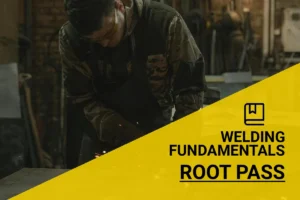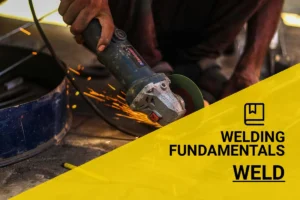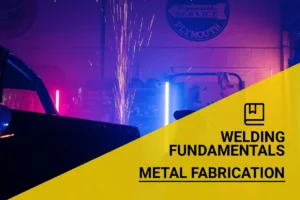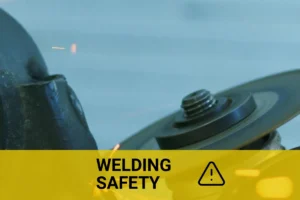What is a Weld Coupon? Learn About Testing, Types, and Quality Factors
Published on: May 28, 2025 | Last modified: March 4, 2025
By: Joe Carter
A weld coupon is a small piece of metal used for testing weld quality. It helps ensure welds meet necessary standards and specifications.
So, what is a weld coupon? It’s crucial because it verifies the strength and integrity of a weld before actual projects begin. During my time as a welder, I’ve seen how proper use of weld coupons can prevent costly mistakes down the line.
In this guide on what is a weld coupon, we’ll dive into its function, different types, testing steps, factors that impact weld quality, and some frequently asked questions. We’ll explore what are welding codes and standards, and how they affect your work.
Contents
What is a Weld Coupon?
A weld coupon is a small piece of metal used to test welding quality. It’s crucial for assessing weld strength and quality before full-scale projects. Typical applications include certifications and trials to ensure standards are met in welding.
Professionals often rely on various kinds of welding machines, sometimes opting for an efficient DC inverter welding machine to achieve optimal results.
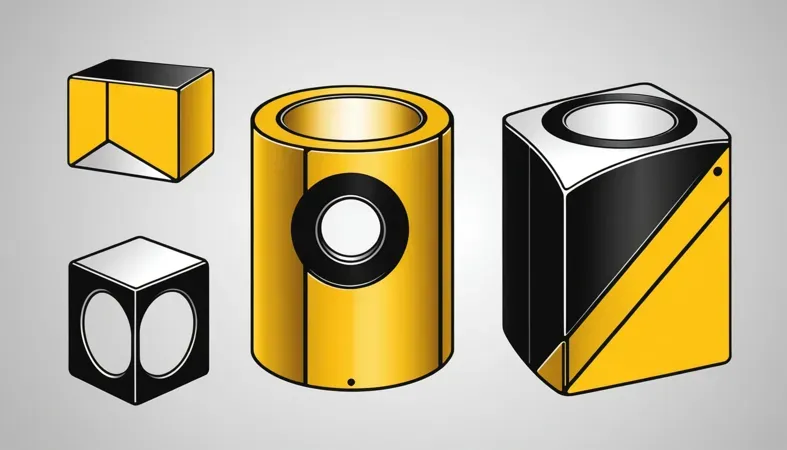
How Does a Weld Coupon Work?
A weld coupon is a small sample used to test weld quality. It’s typically made from the same materials as the joint you want to weld. Dimensions can vary, but common sizes are about 150 mm x 300 mm (6 in X 12 in). You’ll often find specific welding codes that dictate the required thickness of a weld coupon. For example, the American Welding Society (AWS) recommends a thickness of 6 mm (0.24 In) or more.
Weld coupons serve multiple purposes, including checking weld strength and quality. They help ensure that a weld meets industry standards, which are crucial for safety in structural applications. Different codes, like AWS D1.1, guide the testing methods used.
I once made a mistake by not checking the size requirements for a coupon before testing. It didn’t meet the code, and I had to redo the entire procedure. Understanding how a coupon in welding works can save you time and resources down the line.
Types Of Weld Coupons
What are the types of welding test pieces available?
Standard Weld Coupons
Standard weld coupons are basic pieces used for general testing. They help determine the quality of welded joints. To create one, cut a rectangular shape from similar metal and prepare it for testing.
Notched Weld Coupons
Notched weld coupons have a specific groove designed to test fracture toughness. They show how well the welded material can handle stress. Create a notch in the coupon before welding, ensuring it meets specifications.
Microstructure Weld Coupons
Microstructure weld coupons allow analysis of the weld’s internal structure, which is crucial for metallurgical examination. After cooling, cut the weld and polish it for microscopic evaluation of its properties. The choice of shielding gas directly affects the quality and characteristics of the weld, influencing factors such as penetration and porosity. Understanding what gas is used for welding is integral to optimizing these processes.
Specimen Weld Coupons
Specimen weld coupons are designed for specific tests, such as tensile strength. They provide important performance data. Follow guidelines on dimensions and metal types to replicate real-world conditions for accurate testing.
Fatigue Weld Coupons
Fatigue weld coupons test how many cycles a weld can endure before failure, ensuring safety and reliability. Construct the coupon to size, and subject it to cyclic loading during testing to determine its lifespan.
We’ve wrapped up the different types of weld coupons here. Next up, we’ll look at weld coupons and welding codes.
Weld Coupons and Welding Codes
Welding codes dictate how weld coupons should be created and tested to ensure quality and safety.
Overview of Major Welding Codes
| Code | Description | Common Applications | Material Focus |
|---|---|---|---|
| AWS D1.1 | Structural Welding Code – Steel | Building structures, bridges | Carbon and high-strength steel |
| AWS D1.2 | Structural Welding Code – Aluminum | Aerospace, automotive | Aluminum alloys |
| AWS D1.3 | Structural Welding Code – Sheet Steel | Light fabrication, HVAC | Sheet steel |
| ASME Section IX | Welding and Brazing Qualifications | Pressure vessels, piping | Various materials |
| ISO 3834 | Quality requirements for welding | General welding in various industries | Various materials |
Importance of Following Codes
Understanding and adhering to these codes is vital. They ensure that weld coupons mimic real-world conditions closely, allowing for accurate testing results. For instance, AWS D1.1 specifies the dimensions and testing procedures for steel weld coupons, essential for passing certification exams.
Complying with these standards not only enhances your skills as a welder but also boosts safety and performance in your projects. Ignoring them can lead to weld failures, risking lives and resources.
That covers weld coupons and welding codes. Let’s now take a look at the procedures for testing weld coupons.
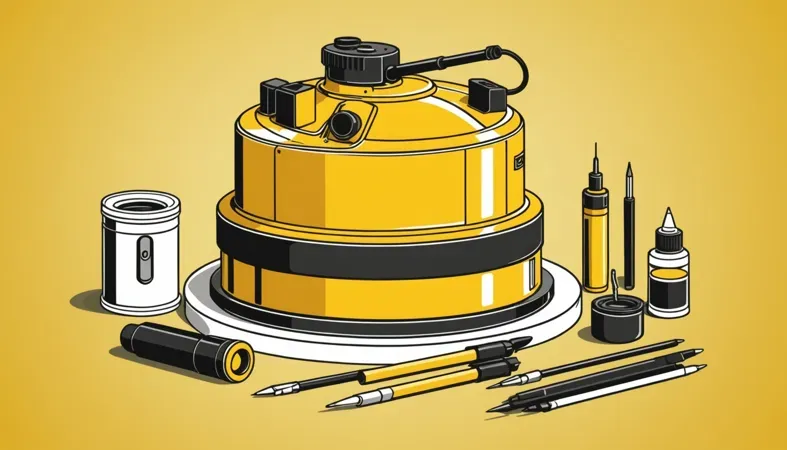
Steps for Testing Weld Coupons
Here are the steps to create and test weld coupons effectively.
Prepare the Base Material
Select the right base material for your weld coupon. A common size is 6 inches (15.24 Cm) long and 1 inch (2.54 Cm) wide. Use widely available materials like stainless steel or carbon steel. The right material significantly impacts weld properties.
Ensure the base material is clean. Wipe surfaces with a solvent; any rust or grease can jeopardize weld quality. Even a tiny impurity can lead to a weak joint.
Set the Proper Joint Design
Create the specified joint design according to the welding code. Popular designs include butt and T-joint configurations, which allow for diverse testing scenarios. Ensure your angles are accurate; for T-joints, a joint angle is generally 90 degrees. Each type has different stress profiles during testing. Understanding the operation of a welding machine can greatly enhance your ability to create these joint designs effectively. For more details, you can explore how to operate a welding machine.
Keep dimensions consistent with industry standards. For example, a butt joint could be 1/4 inch (6.35 Mm) thick. Using correct dimensions ensures you follow established norms, making your results easier to understand and validate.
Execute the Welding Procedure
Execute the welding using the specified parameters. For example, a 70S-6 filler metal with a 3/32 inch (2.38 mm) diameter is a solid choice for mild steel. To achieve optimal results, refer to comprehensive welding guidance that covers techniques and best practices. Perform multiple passes if the thickness requires it; more passes ensure deeper penetration. Avoid rushing, as it can lead to uneven welds.
Efficient techniques are crucial when managing thinner materials, and understanding how to weld thin metal can significantly enhance your craftsmanship.
Be meticulous about heat input. Too much heat causes deformation, while too little leads to lack of fusion. Maintaining correct amperage, around 100-150 amps for most carbon steels, is critical. Using too high an amperage on a thin coupon can ruin the weld. A strong weld is essential for structural integrity and understanding what defines a weld can be crucial for achieving ideal results.
Allow for Cooling and Cleaning
After welding, let the weld coupon cool naturally to room temperature. Fast cooling, like water quenching, can cause cracking or stress. Allow 20 to 30 minutes for even heat dissipation, which stabilizes the material’s properties. It’s crucial to use the appropriate shielding gas, and you can find more details on the uses of tri-mix welding gas.
After cooling, use a wire brush or grinder to remove slag and spatter from the weld bead. Cleaning is essential for accurate testing, but take care not to alter the weld geometry. A thorough cleaning impacts the inspection result. For those needing to refine their technique, knowing the correct methods to remove welds is crucial.
Document the Process
Document every step in the welding process. Record temperatures, materials, and settings used. This data aids in analysis and reproducibility for future tests. For a comprehensive understanding of the essentials, refer to various welding fundamentals that can enhance your techniques. Include a measurement or observation log to assist in troubleshooting if issues arise.
Understanding the features of different welding machines can help you select the best welding machine for pipeline.
A clearly defined report is useful for compliance with welding codes and standards. Be sure to note dates, times, and any deviations from your procedure. I often reference my notes when troubleshooting later tests; they’re invaluable.
You should now have a good understanding of test weld procedures, techniques, and evaluation. In the next part, we’ll discuss influences on weld quality.
Factors Affecting Weld Quality
What factors influence the characteristics of a welding sample?
Material Composition
The material you’re welding affects the weld’s strength and integrity. Different alloys need specific filler materials for a strong bond.
Welding Techniques
Techniques like MIG, TIG, and stick welding lead to variations in quality. Your chosen method affects heat input and, consequently, the weld’s properties.
Environmental Conditions
I once made a mistake welding outdoors on a windy day. Wind can distort the shielding gas, causing contamination in the weld, leading to serious issues.
Operator Skill Level
Experience matters! A skilled welder produces a superior weld coupon compared to a novice. Inadequate training results in poor joint integrity and inconsistent outcomes.
Welding Equipment Used
The quality of your welding machine greatly impacts the outcome. High-performance machines provide better control and precise heat settings, enhancing the quality of the weld coupon.
So far we covered the elements influencing weld quality. Next, let’s look at common questions regarding welding.
Frequently Asked Questions (FAQs)
Here are some unique questions I typically get asked:
How Big is a Welding Coupon?
Welding coupons are usually 150 mm x 200 mm (6 in X 8 in) for reproducing welds. The size may vary based on specific welding codes and standards. For projects requiring precision, check the applicable regulations for dimensions like thickness and type to ensure compliance. An understanding of what a welder does is essential to applying these standards effectively in various industrial applications. Learn more about welder responsibilities and tasks.
What is a Test Coupon and How is It Used?
A test coupon is a piece of material prepared for welding tests. It’s used to evaluate weld quality and ensure correct welding procedures are followed. Manufacturers often use coupons to determine the mechanical properties of the weld, like strength and ductility.
Can You Reuse Welding Coupons?
No, you cannot reuse welding coupons. Each coupon must be fresh to accurately reflect the welding process. Reusing coupons can compromise test integrity and lead to unreliable data about the weld’s quality.
What is a Code Weld?
A code weld conforms to specific welding codes and standards. These regulations ensure welds meet essential safety and operational requirements. Following these guidelines helps maintain high-quality standards in welding, ultimately reducing the risk of failures.
What is the NAICS Code for Welding Services?
The NAICS code for welding services is 332813. This code covers establishments primarily involved in welding structural metals and related processes. Having the correct NAICS code is crucial for compliance and statistical reporting.
Conclusion
We covered what a weld coupon is, how it works, different types, steps for testing, and factors affecting weld quality. We also explored welding codes, standards, and answered common questions. Each of these items helps you understand the crucial role weld coupons play in the welding process.
So, what is a weld coupon? It’s a small test piece of material used to assess welding quality and strength. Typically, weld coupons are shaped and sized as per standards, and they ensure that you can check for defects and compliance before committing to larger projects. Don’t hesitate to get in touch for further assistance with welding or testing processes.
For more comprehensive insights on welding, explore our homepage: What is Welding to access a wealth of information on welding practices and techniques!
Additional Reading
- ISO. (2017). ISO 3834: Quality Requirements for Fusion Welding of Metallic Materials. Geneva, Switzerland: ISO.
- International Organization for Standardization. (2017). ISO 3834: Quality Requirements for Fusion Welding of Metallic Materials. Geneva, Switzerland: ISO.
- American Welding Society. (2020). AWS Welding Handbook: Welding Science and Technology (Vol. 1). Miami, FL: American Welding Society.
Joe Carter is a retired welding professional with over 40 years of hands-on experience in the industry, spanning ship repair, structural welding, and even underwater projects. Joe is a master of MIG, TIG, and Stick welding. Passionate about mentoring the next generation of welders, Joe now shares his decades of expertise and practical insights to help others build rewarding careers in welding.
American Welding Society, Filler Metal, Regulations, Structural Integrity, Testing Welds, Types Of Weld Coupons, Weld Coupon, Weld Strength, Welding, Welding Codes, Welding Quality
